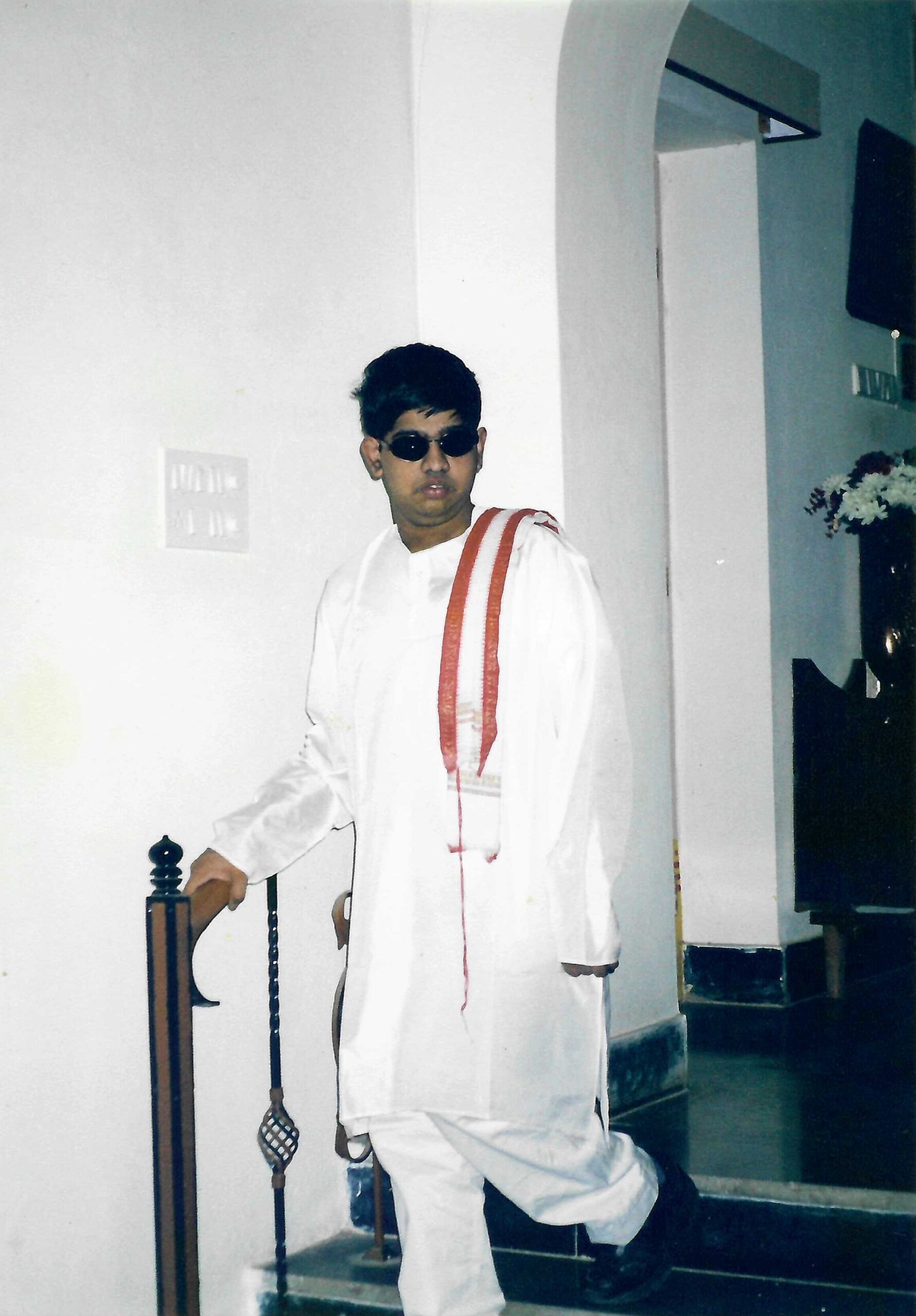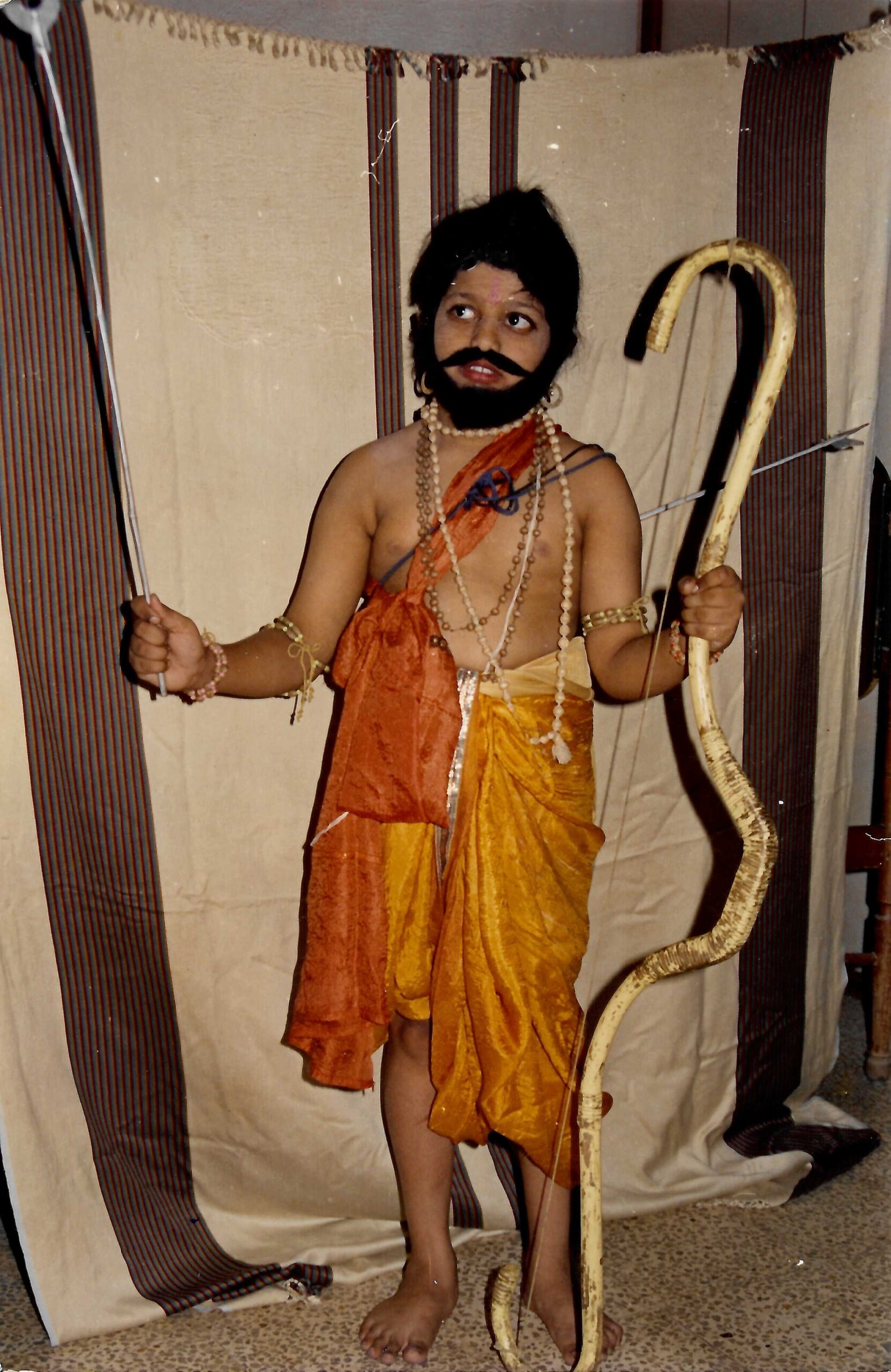Bhargava Gallery

Preserving the Past, Guiding the Future
Dr. Teja’s painstaking documentation of legendary actors—NTR, ANR, Rajendra Prasad, and SVR—represents more than film history. His collection captures the ethical struggles, social transitions, and cultural aspirations of an entire people. By preserving these insights, the Trust ensures that the lessons of the past remain accessible, meaningful, and illuminating for the future.
Cinema as a Moral Compass
We believe, as Dr. Teja did, that cinema is never merely entertainment. It is a mirror of society, a school of values, and a bridge between generations. The Trust envisions his archives—video images, audio recordings, research notes, and curated analysis—serving as a moral compass, inspiring storytellers, educators, and audiences to embrace values of fairness, compassion, and resilience in a rapidly changing world through the following forms of art.
i. Scanned Images
ii. Movie Stories
iii. Movie Audio’s
iv. Movie Images
v. Serial

i. Scanned Images
Four Pillars of Telugu Cinema
The golden era of Telugu cinema was defined by four towering stars—Chiranjeevi, Nagarjuna, Balakrishna, and Venkatesh—each bringing a unique charisma and style to the silver screen. Their films shaped the cultural imagination of generations, blending action, emotion, and entertainment in ways that became part of everyday life. From mass appeal to family sentiment, from mythological grandeur to modern flair, these actors carried forward the legacy of Telugu storytelling with unmatched energy.
Chiranjeevi redefined stardom through powerful dance, social dramas, and mass entertainers, becoming the “Megastar” loved by millions. Nagarjuna blended charm and versatility, excelling equally in romantic hits and devotional classics. Balakrishna upheld the heritage of larger-than-life roles, often embodying valor and tradition with fierce intensity. Venkatesh, meanwhile, became the “family hero,” winning hearts through relatable roles that balanced emotion with entertainment.
ii. Movie Stories
Timeless Legends of Telugu Cinema
Telugu cinema has been blessed with legendary actors whose movies not only entertained but also reflected the spirit of their times. Among them, Nandamuri Taraka Rama Rao (NTR) and Akkineni Nageswara Rao (ANR) stood as cultural icons, shaping the golden era of Telugu film. NTR mesmerized audiences with his majestic portrayals of mythological heroes and political visionaries, while ANR brought depth, subtlety, and grace to romance and social dramas. Together, they built the foundations of Telugu cinema’s identity, carrying stories that still inspire generations.
This curated collection by Dr. Bhargava Teja celebrates these luminaries through preserved stories and visuals. It is more than an archive; it is a tribute to the vision, courage, and artistry of five men who carried Telugu cinema on their shoulders and left behind timeless narratives for future generations.
The next wave brought versatile performers who expanded cinema’s range. Rajendra Prasad, with his effortless comic timing, turned everyday struggles into heartwarming laughter, earning him the title “Natakireeti.” Krishna, known as the “Superstar,” pioneered experiments in technology and storytelling—introducing spy thrillers, cowboy adventures, and daring roles that pushed the industry forward. Jagapathi Babu bridged eras, moving from romantic lead to impactful character actor, redefining longevity in cinema with powerful performances that resonate across age groups.


iii. Movie Audios
The Story Behind Four Stars Telugu Stories
It is not just a collection of stories—it is a journey of heart, patience, and devotion.
Dr. Bhargava Teja set out on a path that was far greater than translation. Every Telugu story in this series was lovingly carried into English, not as a literal retelling, but as a soulful bridge between two worlds. Before each story, a carefully written synopsis opens the door, guiding the reader gently into its universe.
But the work did not stop at words. With a collector’s passion and an artist’s eye, he dived deep into vintage archives. He searched, researched, and unearthed forgotten images. He spent countless hours scanning old audio covers, piecing together fragments of history, and giving them a second life. Each image chosen is not decoration—it is memory, context, and heartbeat. They whisper the nostalgia of cinema halls, the crackle of gramophone records, and the voices of a time gone by.
The process was not mechanical. It was a labour of love. Behind every page lies the silent patience of waiting for the right detail, the excitement of discovery, and the joy of seeing a story come alive again. The work carries the scent of old paper, the glow of faded film posters, and the rhythm of music long preserved in memory.
This is Bhargava Teja’s gift: to make us not only read these stories, but feel them. To make us pause, as if we are watching a film unfold—not on the screen, but in our minds. His touch is human, gentle, and deeply emotional.
iv. Movie Images
Legends in Context: NTR, ANR, Rajendra Prasad, and SVR
Holistic Comparison and Message-Driven Impact
Together, these four actors represent a continuum of Telugu cinema’s engagement with society:
- NTR projected mythological morality and mass appeal, aligning cinema with cultural identity.
- ANR humanised middle-class struggles and romances, showing how cinema could reform and reassure.
- Rajendra Prasad used humour to critique socio-economic transitions, embodying the resilience of ordinary people.
- SVR lent depth to both antagonists and patriarchs, reminding audiences of the duality of power and wisdom.
Each era reveals cinema as both entertainment and ethical instruction, shaping how communities understood themselves amidst political independence, economic liberalisation, and cultural shifts. The enduring message is that screen roles are never “just roles”—they are social texts that encode values, critiques, and aspirations for generations.


v. Typical Serial
Mogalirekulu: A Cultural and Narrative Compilation “Fragrant Screwpine flower”.
Opening Remarks
“Mogalirekulu, one of Gemini TV’s most impactful daily serials, captured the hearts of Telugu audiences between 2008–2013. This compilation presents a selective narrative from episodes 669 to 1240, preserving the essence of the serial while acknowledging certain skipped episodes. Since these episodes cover a substantial mid-to-late arc, the author has likely captured the essence of the climax and family saga. With the probability of retaining narrative integrity is high.
With its compelling storylines weaving themes of family, justice, and sacrifice, it became a cultural touchstone in Telugu households. The purpose of this work is to highlight its significance, trace its narrative arc, and showcase its enduring legacy.”
